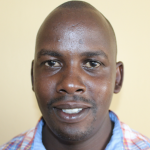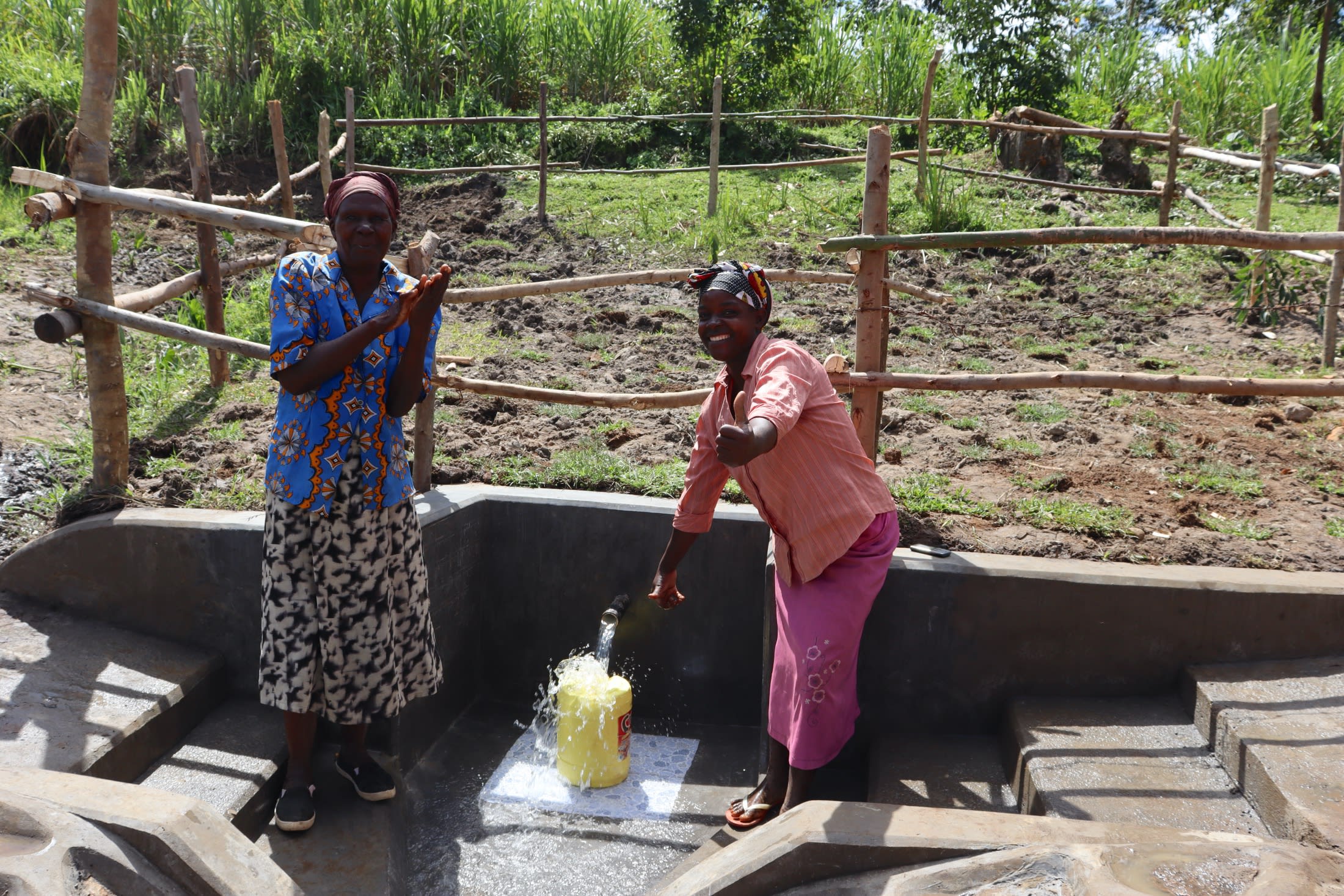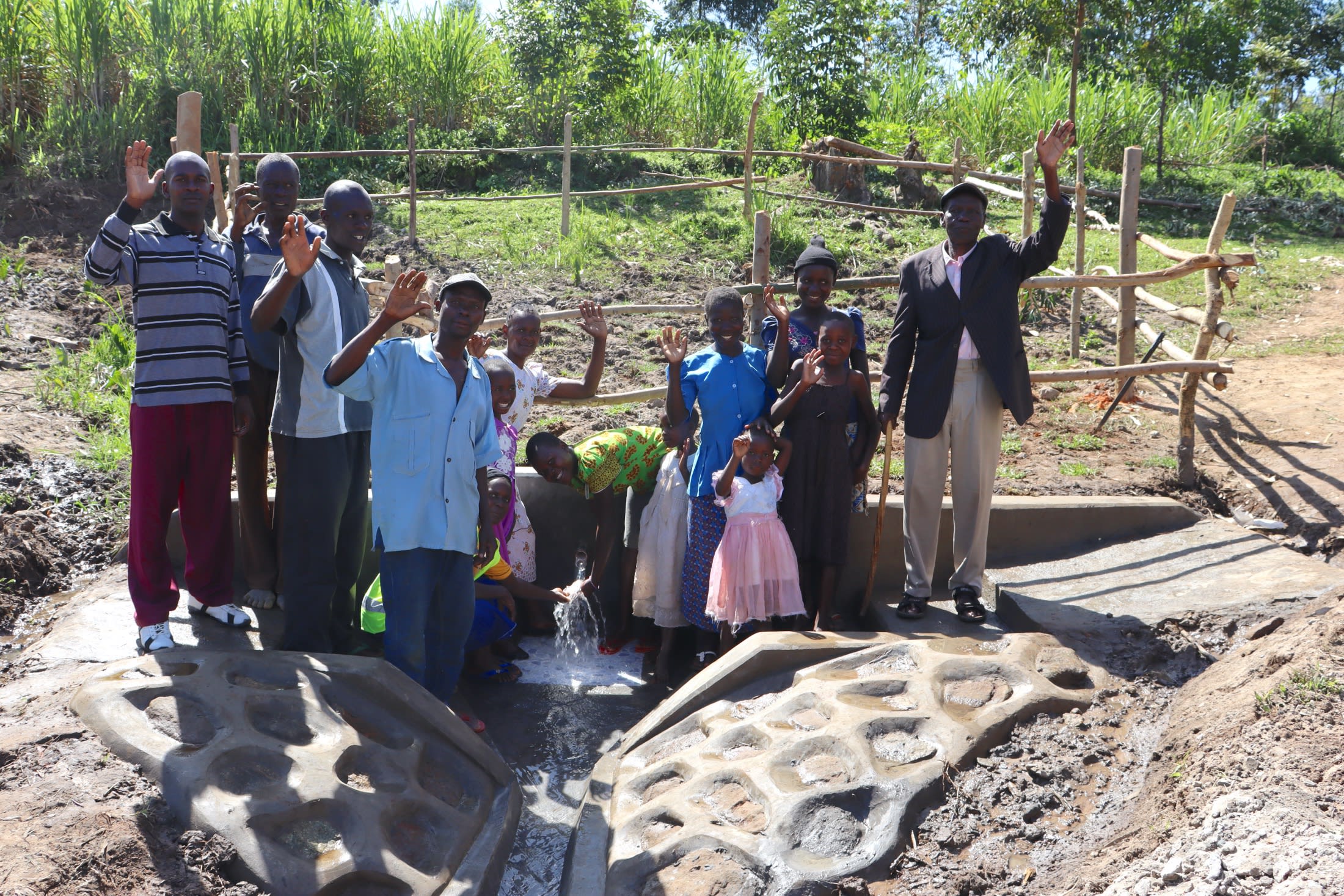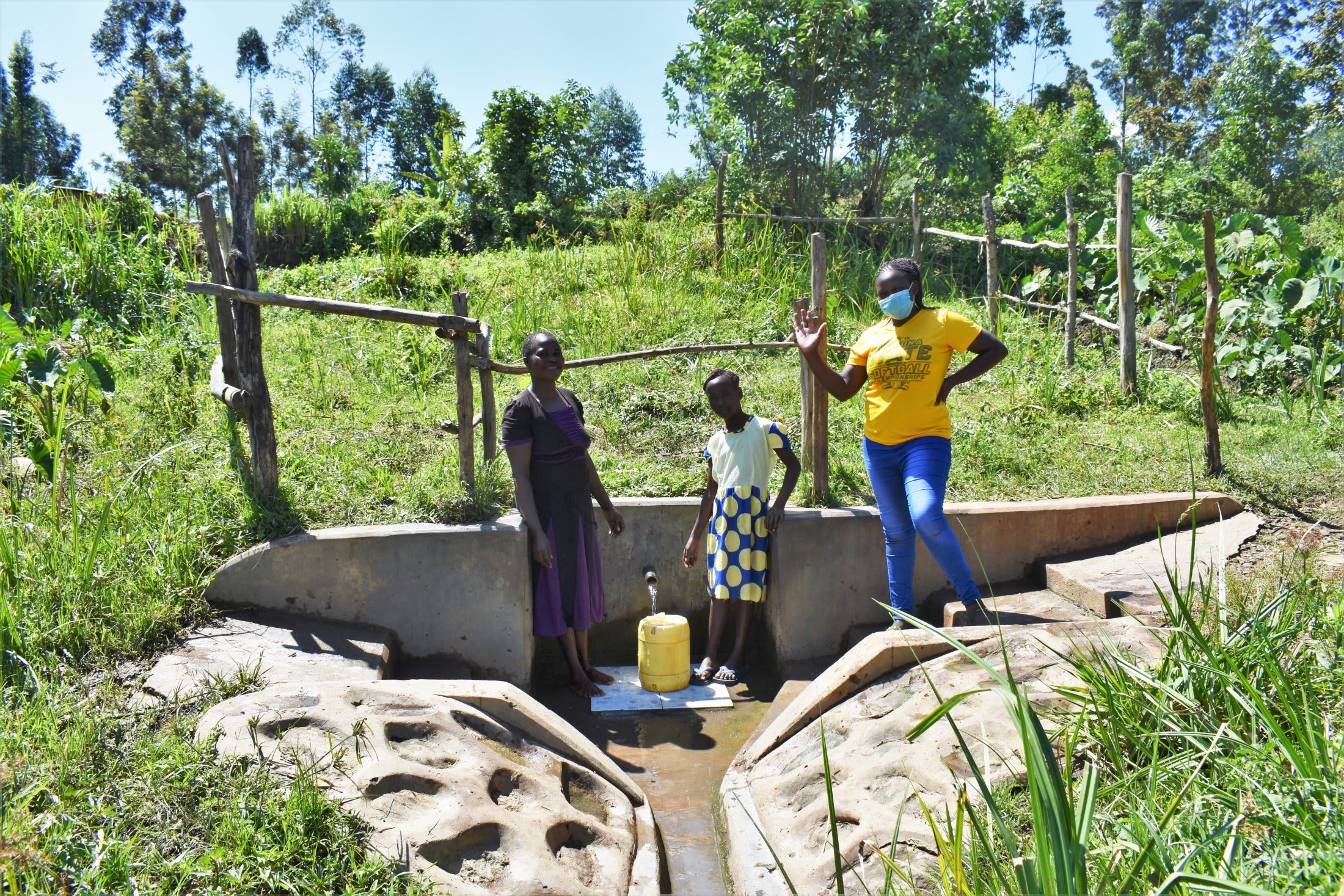Life in Mukhonje, Kenya
The village Mukhonje is located in a fairly flat land with black cotton soil best for growing sugarcane. The sugarcane plantations and other crops grown here make the area green.
Residential houses in this community range from temporary to semi-permanent and permanent. The majority of buildings are semi-permanent made of mud walls and roofed with iron sheets. The communication network in the area is reliable and the land open enough to make transportation in the area easy.
The predominant livelihood for this community is farming. People here grow sugarcane as a cash crop and other crops like maize, beans, groundnuts, cassava, and sweet potatoes for home consumption. Those with huge tracts of land also produce maize for both for consumption and for sale in local markets.
The unique thing about this community is how women do tasks that are otherwise considered "male" tasks in other communities, in addition to their large daily burden of household and other work. Here, women are found plastering houses using mud and even grazing cows. The men's work mostly consists of building, planting, harvesting the sugarcane, and loading sugarcane onto tractors for ferrying to various sugar factories.
Relying on Contaminated Water
The water crisis poses a great challenge to the Mukohnje community. People here have to forgo other activities out of their need to fetch water above all else. Community members wake up and go for water as early as 6:00 am every day. Only once there is enough water for both drinking and household use are they able to engage in other activities like farming.
Mausi Spring serves 210 people, most of whom have to make 5 trips to the spring and back every day to fetch enough water for all of their drinking, cooking, and cleaning needs. On laundry days, that number increases. Each walk takes from 15 minutes to 1 hour, depending on where community members live in relation to the spring.
That is a lot of time spent on fetching water, especially considering the water is not even safe for consumption.
In its unprotected state, Mausi Spring is very exposed to all forms of contamination. During the rainy season, in particular, most community members contract waterborne and water-related diseases. These illnesses drain people of their health, time, and money as they seek treatment and try to recover.
The collection point at the spring is very muddy, making it difficult for people to climb into and out of the spring. Community members have tried to improvise steps like terraces cut directly into the earth, but they are always getting swept away by the rains and run-off water.
"I hate coming for water at this spring because at times it is muddy when the drainage is blocked and the issue has not been addressed. I have to step in the water. Moreso, entry into the spring is easy but once I'm done fetching water, it is difficult for me exiting the spring if someone is not around to assist me in taking my fetched water out of the spring," said a young boy named Derrick whom we met on our visit.
To fetch water, community members have improvised a banana stem as a discharge pipe to try to focus the spring's discharge and ease the task of fetching water. But the stems rot quickly, and even the slightest disturbance brings muddy and sandy water for the next person.
Moreover, a lot of water escapes around the sides of the banana stem, to the frustration of the community members. As the banana stem begins to rot, it adds even more contamination to the water along with the runoff that carries farm chemicals, animal waste, and even human waste with the rains straight into the spring's collection point.
Field Officer Jonathan Mutai shared the following encounter from his most recent visit to Mausi Spring:
"Upon arriving at Mausi Spring, I met a woman who was collecting water. Another woman was in a line waiting for her turn to come. The first woman accidentally interfered with the banana stem used for discharging water. The woman tried to fix it but unfortunately, the banana stem had rotted so she had to go for a fresh banana stem. But she had already interfered with the water source, so the water was dirty."
"That seemed no good to me because the second woman had to wait and she could possibly collect dirtier water because the source has a lot of water but it is shallow, which means it easily becomes dirty by even the slightest mistake made."
For me, as much as the water looks clear I will not drink it simply because of its open nature. The source is very open to contamination."
Mrs. Grace Adupukha was one of those women drawing water from Mausi Spring whom Jonathan met. Mrs. Aduukha affirmed that most of the waterborne and water-related diseases in the area run rampant during the rainy season of the year when consuming water from the spring.
Typhoid and coughing have been the most common illnesses reported. Contracting these water-related illnesses wastes community members' time, energy, and money when they seek treatment and cannot go to work or take care of their families. Children miss school, farm work goes undone, and wages are left unearned.
Because Mausi Spring is not currently discharging water at its highest capacity due to the makeshift discharge pipe, the inefficiency is felt most during the dry season. When other seasonal springs in the area dry up, more and more people turn to Mausi Spring for its dependable supply of water.
"The water point is the sole point of getting water not only for drinking but also for general household chores. This then makes the spring at times overcrowded. Especially during the dry spell, we do waste a lot of time queueing for water. Besides that, our water source is exposed, making the water unsafe for drinking," said Mrs. Adupukha.
Generally, the sanitation and hygiene standards in this community are not good. Much improvement on hygiene practices is needed to help community members curb water- and hygiene-related diseases and save on resources that could be used for more constructive development.
What We Can Do:
Spring Protection
Protecting the spring will help provide access to cleaner and safer water. Construction will keep surface runoff and other contaminants out of the water. With the community’s high involvement in the process, there should be a good sense of responsibility and ownership for the new clean water source.
Fetching water is a task predominantly carried out by women and young girls. Protecting the spring and offering training and support will, therefore, help empower the female members of the community by freeing up more of their time and energy to engage and invest in income-generating activities and their education.
Training
We will hold a 1-day intensive training on improved hygiene, health, and sanitation habits in this community. With the community’s input, we will identify key leverage points where they can alter their practices at the personal, household, and community levels to affect change. This training will help to ensure participants have the knowledge they need about healthy practices and their importance to make the most of their water point as soon as water is flowing.
Our team of facilitators will use Participatory Hygiene and Sanitation Transformation (PHAST), Community-Led Total Sanitation (CLTS), Asset-Based Community Development (ABCD), group discussions, handouts, and demonstrations at the spring to cover a wide variety of topics.
One of the most important issues we plan to cover is the handling, storage, and treatment of water. Having a clean water source will be extremely helpful, but it is useless if water gets contaminated by the time it is consumed. We will also emphasize the importance of handwashing. We and the community strongly believe that all of these components will work together to improve living standards here, which will help to unlock the potential for these community members to live better, healthier lives.
We will then conduct a series of follow-up trainings before transitioning to our regularly scheduled support visits throughout the year.
Training will result in the formation of a committee, elected by their peers, that will oversee the operations and maintenance of the spring. The committee will enforce proper behavior around the spring and delegate tasks that will help preserve the site, such as building a fence and digging proper drainage channels. The fence will keep out destructive animals and unwanted waste, and the drainage will keep the area’s mosquito population at a minimum.
Sanitation Platforms
At the end of training, participants will select 5 families that should benefit from new concrete latrine floors called sanitation platforms. Training will inform the community and selected families on what they need to contribute to make this project a success. They must mobilize locally available materials, including bricks, clean sand, and gravel. The 5 families chosen for sanitation platforms must prepare by sinking a pit for the sanitation platforms to be placed over.
All community members must work together to make sure that accommodations and food are always provided for the work teams. The families will then be asked to complete their latrines by constructing a superstructure over their platforms. These 5 sanitation platforms will then serve as examples for the rest of the community to replicate.

 Protected Spring
Protected Spring
 Rehabilitation Project
Rehabilitation Project





















































